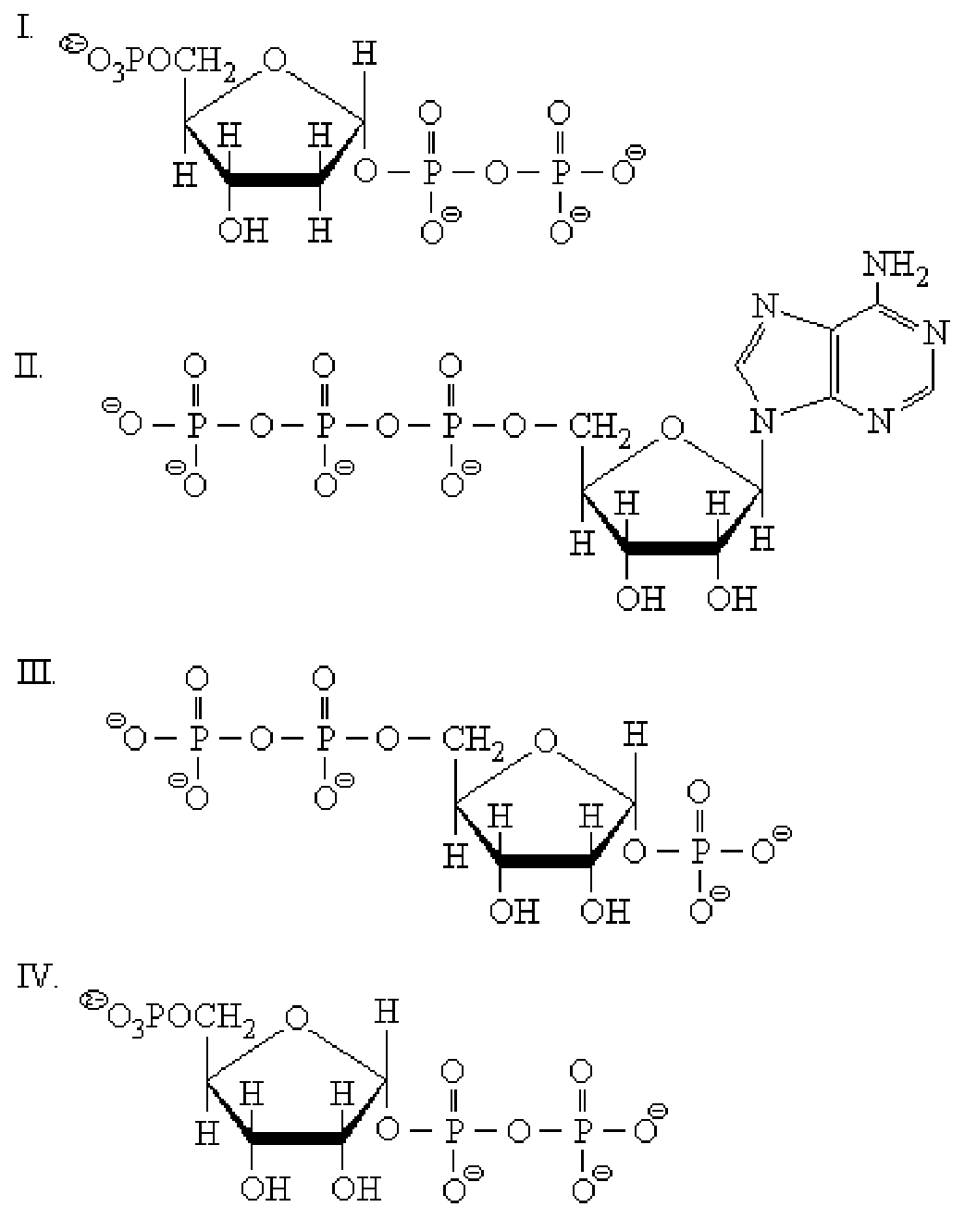#Question id: 416
#Unit 1. Molecules and their Interaction Relevant to Biology
The immediate precursors of DNA and RNA synthesis in the cell all contain:
#Question id: 417
#Unit 1. Molecules and their Interaction Relevant to Biology
Muscle contraction involves the conversion of:
#Question id: 418
#Unit 1. Molecules and their Interaction Relevant to Biology
Biological oxidation-reduction reactions always involve:
#Question id: 419
#Unit 1. Molecules and their Interaction Relevant to Biology
Biological oxidation-reduction reactions never involve:
#Question id: 420
#Unit 1. Molecules and their Interaction Relevant to Biology
The structure of NAD+ does not include:
#Question id: 422
#Unit 1. Molecules and their Interaction Relevant to Biology
The flow of material through a reaction pathway usually depends on ________.

